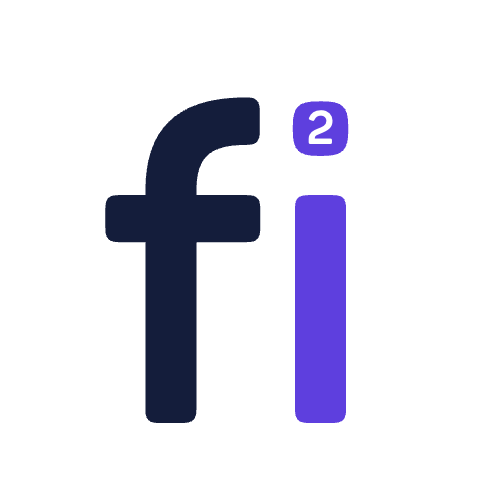Animate with Code: Unleash Your Creativity with Motion Canvas
Motion Canvas is an open-source project for animating with code. It offers a new approach to animation that provides more control, flexibility, and creativity.
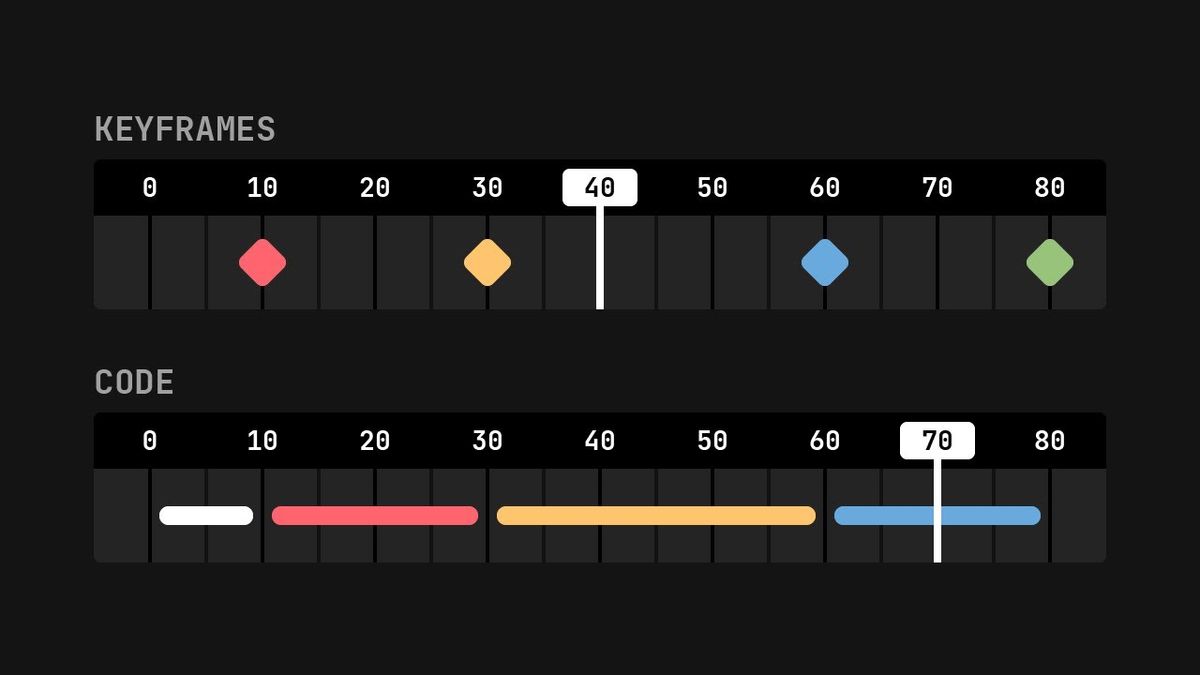
Motion Canvas is an open-source project for animating with code. It offers a new approach to animation that provides more control, flexibility, and creativity. In this article, we will take a closer look at how Motion Canvas works, why it is useful, and how it can be used for various purposes.
Why animate with code?
An animation is a powerful tool for visualizing various ideas, making topics easier to understand, and telling stories. In traditional animation, objects are animated in a declarative way, meaning that keyframes are used to specify the position of an object at a specific time. This is the approach used in popular software such as After Effects, Blender, and Unity.
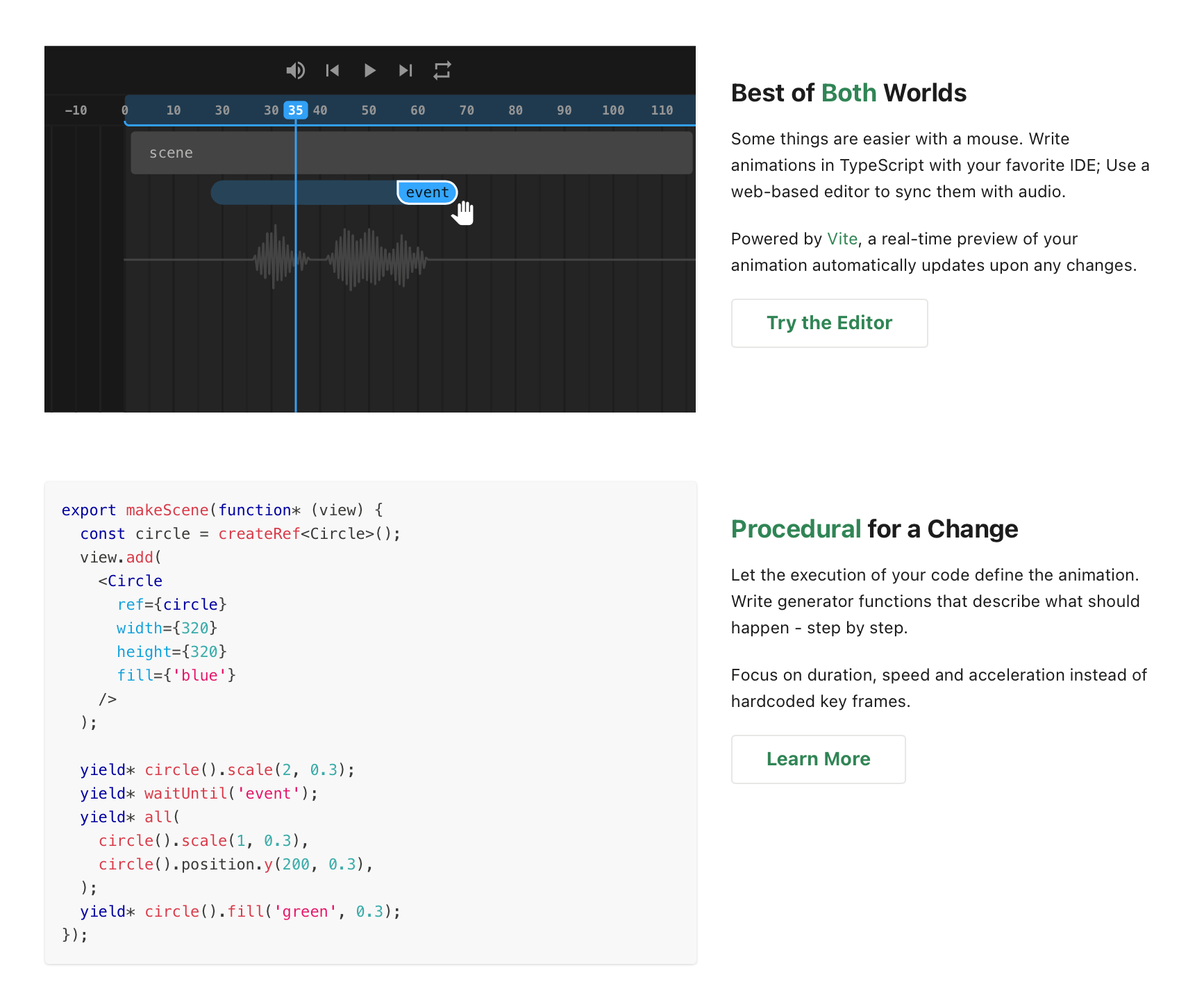
However, animation with code offers a different approach that is closer to how code is written. Instead of using keyframes, animations are created by writing commands. This is a more imperative approach that closely mimics the way that code works. The commands specify what should happen in the animation and when. This makes controlling the timing of animation much easier because you only need to edit one duration, and the rest will follow. Additionally, programming concepts can be used to control the animation, making it more flexible and powerful.

How does Motion Canvas work?
Motion Canvas is software for animating with code that is tailored specifically for visualization. The animation is written in TypeScript using an IDE of your choice, and the browser provides a real-time preview of the animation. The software implements hot module replacement, meaning that any changes you make will automatically update the preview.
The timeline in Motion Canvas can be used for synchronizing the animation with verbal cues, and the rendering is done by the browser. The Canvas API is used for vector graphics, WebGL for 3D scenes, and WebCodecs API for external videos.
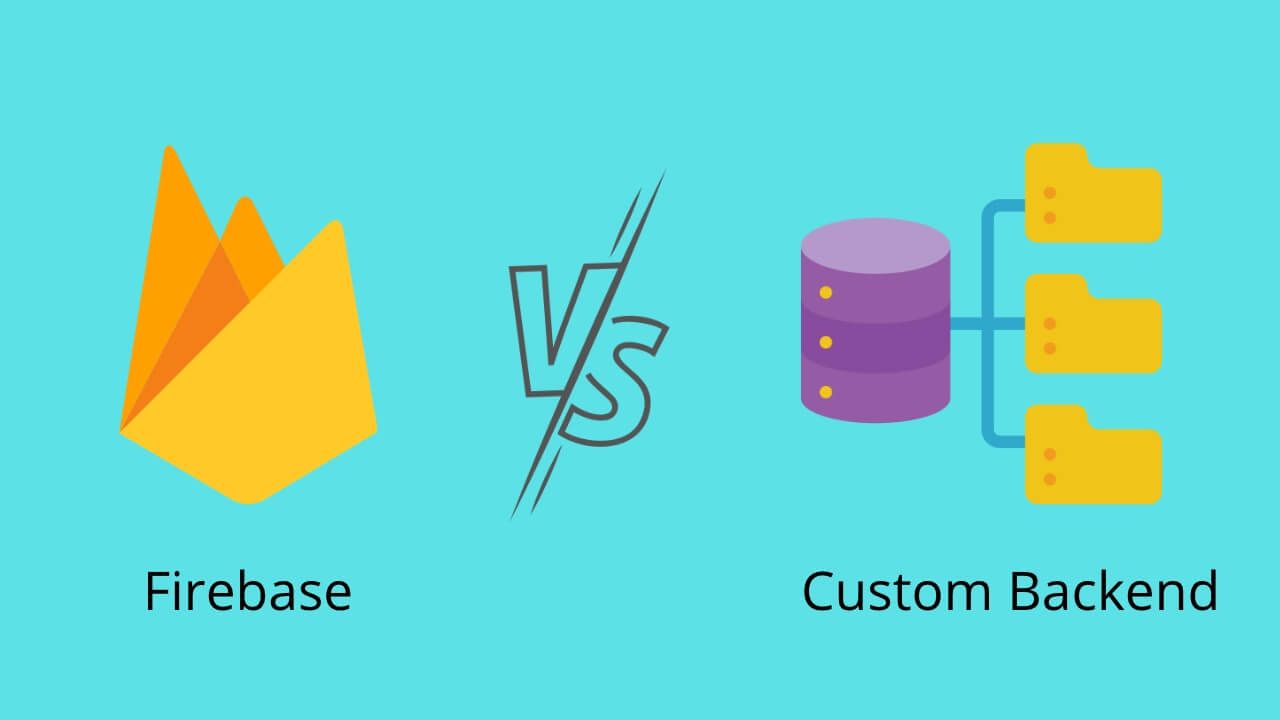
To use Motion Canvas, you need to specify an array of scenes that you want to render. Each scene is a generator function that takes the root of the scene as an argument. Before you start animating, you need to create something to animate. The way that you define the content of your scene is inspired by libraries such as React, so it is intuitive and easy to use.
For example, to create an object node from your videos, you can use a surface with a linear layout that contains an icon and some text. The layout automatically places its children next to each other, so you don't need to manually define their positions. This can be extracted to a separate function, creating a reusable component.
How we can animate code with Motion Canvas?
Animating with Motion Canvas is surprisingly easy. You can use the yield keyword to indicate the start of a new frame, and the yield* statement to sequential yield every value from inside another generator. Motion Canvas provides some useful functions that can be used this way, such as waitFor, showCircle, and a tween.
The tween function is especially useful because it allows you to animate a value from 0 to 1 over a specified duration. For example, you can use it to animate the height of a preview rectangle. This makes it easy to create smooth, consistent animations with very little code.
Other features of Motion Canvas include the ability to use loops for repetition, write functions for reusing common effects, and use external data to procedurally generate objects. This makes it possible to create complex and sophisticated animations that are completely customizable and unique.


What's New in the Update & Changes?
Motion Canvas has been updated to include new features that have been added since the initial presentation. The software is now officially released as a free and open-source tool and can be used by visiting the link in the description. The author has also created guides to help users get started with the software.
One of the most significant changes is the introduction of signals, which are a concept borrowed from other UI libraries. A signal represents a value that can change over time and its power lies in the ability to define dependencies between values. For example, a signal for the area of a circle can be created that uses the radius signal to calculate its value. When the radius changes, the area signal will recalculate itself accordingly.
The layout engine has also been improved with the addition of a flexbox layout. This layout is much easier to animate than traditional CSS flexbox layouts and is calculated using the browser.
The user interface has also been improved with the addition of an inspector that allows users to view the properties of selected nodes and a console that displays any errors that occur during runtime. The editor has also been improved with the ability to navigate to specific parts of the code, such as scene files and time events.
The author notes that there have been many technological changes made before the public release and that there are no more breaking changes expected in the future, only new features to be added and bugs to be fixed. If users would like to contribute to the project, there is a contribution guide available on GitHub and a technical guide is also in the works. The author expresses gratitude to all of their patrons for making this possible.
Another advantage of using code to animate is that you have complete control over the animation and can easily make changes and updates. For instance, if you want to change the timing of an event, you simply need to change one duration, and the rest of the animation will follow. Additionally, by using programming concepts like loops, functions, and external data, you can create complex animations that would be difficult to achieve using traditional animation tools.
So Finally, using Motion Canvas makes it easier to create animations that are synchronized with verbal cues or other events. With a timeline feature, you can easily coordinate your animation with other elements in your project, ensuring that everything is in sync and working together smoothly.
In conclusion, Motion Canvas is a powerful and versatile open-source project for animating with code. By using code to animate, you can create animations that are more efficient, flexible, and easy to control than those created with traditional animation tools. Whether you're a developer looking for a new way to create animations for your projects, or simply someone who's interested in exploring new animation techniques, Motion Canvas is definitely worth checking out.

More from the developers of Motion Canvas
About The Game: Astortion
Astortion is a minimalistic, atmospheric puzzle platformer that revolves around gravity. Explore the ruins of the most pivotal research facility on earth, unlock new abilities that mess with spacetime itself, and get to the bottom of what is going on.
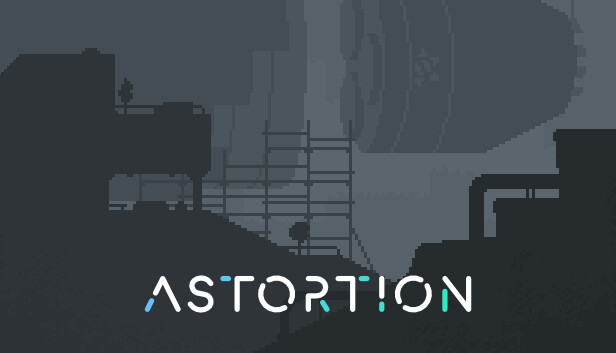
Reference headlines for this article:
- "Bring Your Designs to Life with Motion Canvas - The Open-Source Animation Tool"
- "Get Your Hands Dirty with Code: Introducing Motion Canvas, the Animation Library"
- "The Ultimate Open-Source Animation Platform - Create Amazing Animations with Motion Canvas"
- "Step into the World of Animation Development with Motion Canvas, the Open-Source Library"
- "Animate with Code: Unleash Your Creativity with Motion Canvas - The Open-Source Solution"
- "Create Dynamic and Engaging Animations with Motion Canvas - The Open-Source Tool for Coders"
- "Get Started with Animation Development Today: Motion Canvas - The Open-Source Project for Coders"
- "Unlock the Power of Code-Based Animations with Motion Canvas - The Open-Source Library"
- "Empower Your Animations with Motion Canvas - The Open-Source Project for Code-Savvy Artists"
- "Bring Your Imagination to Life with Motion Canvas - The Open-Source Animation Solution for Coders".
- "Introducing the BRAND NEW Open Source Motion Canvas: Animate Your Videos with CODE!"
- "How to Create STUNNING Animations with CODE using Motion Canvas"
- "The FUTURE of Video Animations is Here: Motion Canvas Open Source Project"
- "Revolutionary Animation Tool: Create Amazing Videos with Motion Canvas and Code"
- "Step into the World of ANIMATION with Motion Canvas - The Open Source Solution"
- "Get the INSIDE SCOOP on Motion Canvas - The Code-based Animation Project"
- "Unleash Your CREATIVITY with Motion Canvas - The Open Source Animation Solution"
- "Join the Code-based Animation REVOLUTION with Motion Canvas Open Source Project"
- "Bring Your Videos to LIFE with Motion Canvas - The Open Source Animation Solution"
- "Discover the POWER of Code-based Animations with Motion Canvas Open Source Project"


